The big day is finally here! Your wedding day. You’ve been meticulously planning it for months and visualising it for even longer. You’ve thought of everything, down to the smallest detail. A change of shoes, music for the wedding, snacks to munch on during the reception. Even where to seat your slightly eccentric aunt who occasionally blurts out inappropriate comments. But… Have you thought ways to reuse your wedding flowers?
What will happen to those flowers after the ceremony? You’ve spent a small fortune on them and they still have a lot of life left. How can you get the fullest and most sustainable/responsible use out of your floral wedding decor?
This guide will share with you great ideas and tips on how to reuse your wedding flowers.
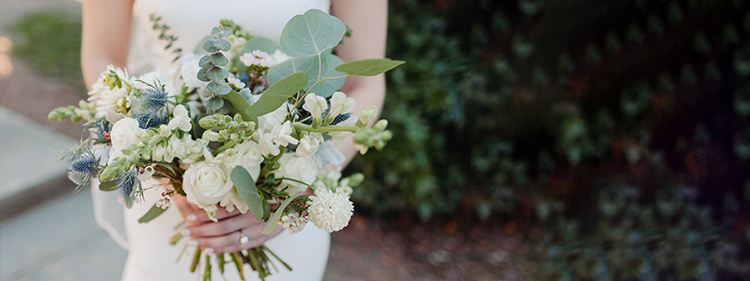
Entrance Displays
Want to dazzle your guests from the very moment they step onto the venue? Install an eye-catching floral arrangement right at the entrance. A flower tunnel or a display of dramatically large potted flowers will definitely do the trick.
Entrance flowers can be reused in a number of different ways and locations after the wedding. Timing, though, is everything. On one hand, you don’t want to move the flowers before most of the guests have arrived and been appropriately wowed by the arrangement. But, on the other hand, you also don’t want to wait too long and have the bridal party find you still arranging the flowers at the reception.
Below are some of the commonly used entrance displays that couples use to bowl guests over at the ceremony venue:
Flower Tunnel
Transport your guests from the hustle and bustle of outside life into the tranquil and romantic world of your wedding with a flower tunnel. Visually breathtaking, a flower tunnel can be impressive without breaking the bank. Instead of expensive flowers, it can be composed of vibrant foliage and hanging vines to create a spectacular look. Foliage, or greenery as they call it in the wedding industry, is much more budget-friendly and readily available.
To top it all off, foliage can be easily composted and recycled after the wedding. Often made up of plants. Plants such as eucalyptus, ferns, ivy, rosemary, and lavender. Wedding greenery is typically not sprayed with pesticides or any other harmful chemicals. Therefore, it’s safe to be reused as fertiliser in home gardens.
Large Potted Flowers
Perhaps the easiest of wedding entrance flower displays to reuse are the potted flowers. At the reception, they can either be placed at the cake table, drinks table, or gift table. You can also take them home after the reception or give them to family and friends. They will make great additions to the garden or front entrance.
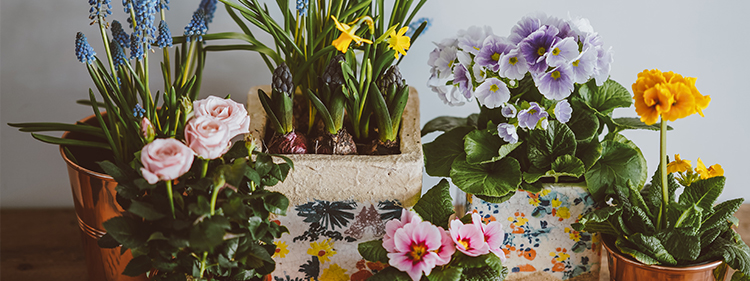
Ceremony Flower Arch
Drawing attention to the most important moment of the ceremony, the flower arch is a key wedding décor. It creates an intimate and romantic atmosphere that is also incredibly picturesque. In addition to the traditional arch that curves above the bride and groom at the altar. There is also a growing trend of the grounded flower arch.
But, if you want to create a truly memorable experience, go for the magnificent flower wall, à la Kim and Kanye. Roses are often the go-to flowers for a wall. But you can achieve the same captivating effect with lower-cost blooms such as chrysanthemums, gerberas, or carnations.
Ceremony flower arches or flower walls can be reused as a backdrop at the sweetheart table at the reception. Alternatively, these pieces can also be repurposed as a photo backdrop for guests. They will make a great meeting point for guests, allowing them to mingle and create memories together.
Another option is to take apart the arch into individual flowers as soon as the vows have been exchanged. Then have them reused as take-away gifts for the guests at the end of the reception. To do this, set up tables at the reception with the dismantled flowers, some eco-friendly brown paper, and hessian rope. Then guests can put together their own bouquets to take home. What a wonderful way reuse wedding flowers!
Aisle Flowers
One of the highlights of a wedding is when the wedding party elegantly walks – or dances – their way down the aisle toward the altar. All heads turn to watch them. Therefore, why not enhance this moment by adorning the walkway with eye-catching blooms? This is where aisle flowers come in.
Aisle flowers can be potted, arranged in vases, or as bouquets. They are usually lined along both sides of the aisle on every row or every other row. These add a nice touch of elegance to the ceremony. For versatile aisle flower options, check out these exquisite boxed arrangements from Flowers Across Sydney. They work well in both indoor and outdoor venues and can be customised to match any wedding colour theme.
At the reception, aisle flowers can be used as chair-backs or placed around the gift or cake table.
Bridal Bouquet
There’s a myriad of stories about the origins of the bridal bouquet. Some say that, in ancient times, the flowers represented the bride’s fertility. Others claim that the tradition began with the Greeks and Romans. They adorned brides with herbs to ward off evil spirits. And yet others theorise that the bridal bouquet gained popularity during the Middle Ages. This is as a means of masking the bride’s scent because bathing was only a once-a-year event.
Regardless of the historical reason. There is no doubt that today the bridal bouquet is an integral part of the wedding ceremony. You can go with a traditional bouquet arrangement… Or, If you want to do things a little differently. You can have your flowers stand out by using native Australian flowers for your bouquets. Not only will your bouquets be unique and striking. But they will also be well-adapted to the weather and will last longer. Flowers Across Sydney’s extraordinary bouquets of Australian wildflowers and natives have definitely been designed to steal the show.
One of the highlights of a wedding is when the bride tosses her bouquet to the waiting crowd of single ladies. But you may want to keep your bouquet as a keepsake. You can reuse it as the centrepiece for the sweetheart table or the head table. Make sure you communicate this to guests well in advance though. This is to avoid disappointing some of the more enthusiastic ones who may want to practice their bouquet catching jumps and arm stretches to no avail.
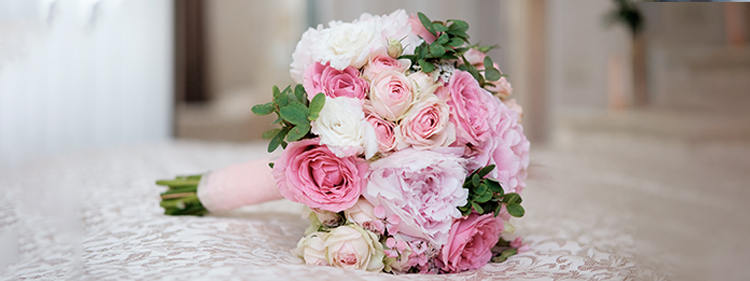
Bridesmaids’ Bouquets
The great advantage of the bridesmaids’ bouquets is that they can be reused almost anywhere at the reception. This is due to their size and quantity. That is if your bridesmaids haven’t fallen so deeply in love with the arrangements. The bouquets can be reused at the refreshment or cocktail table. They can even be grouped around the cake table, or set along the head table.
The bridesmaids’ flowers can also be taken apart and re-arranged. Perhaps with some blooms or foliage from the entrance displays, to create the Mothers’ Thank You bouquets. While you’re it, why not even give the fathers, aunts, and sisters of the bride and groom ‘thank you’ bouquets!
Flower Girl’s Petals
No longer limited to adorable little girls in cute frilly dresses, the age-old tradition of the flower girl now has a fair amount of competition from the ‘flower man’! Performing their duties with great flair and aplomb, flower men have actually been giving flower girls a run for their money with their dramatic leaps and twirls as they daintily sprinkle flowers down the aisle.
But, what to do with all of the scattered petals? A great way to reuse the petals is by making potpourri. An economic and eco-friendly friendly way to infuse your home with a wonderful fragrance, potpourri bowls also make great decorative centrepieces for your coffee table.

Turn Your Flower Petals into Potpourri
Potpourri is essentially an assortment of dried flowers, herbs, and/or fruits mixed with spices and essential oils. In addition to the flower girl’s petals, you can also add foliage and flowers from any of the other wedding bouquets in your potpourri.
First, you need to completely dry the flowers to prevent the potpourri from prematurely developing mould. Remove all of the petals from the flowers that are still intact and spread them out in a single layer on newspapers or cardboard boxes. Make sure the petals don’t touch each other and then put them in a ventilated area to air-dry for about 2 weeks. But, if you want same-day results, you can preheat your oven to 90°C and bake the petals for about 2 hours.
Once dry, put the potpourri mixture in a bowl that you can seal with cling wrap or in a mason jar with a lid. Then, it’s time to add your favourite essential oils. For a fresh scent, you can use about 5 drops of lavender oil, orange oil, rose oil, lemon oil, or clove oil. Some experts recommend also adding a fixative, such as vanilla beans or orris root powder, for a longer-lasting fragrance.
Next, tightly seal the container and leave it in a dark, cool place for 2 to 6 weeks. The longer you let it sit, the more the oils soak into the flowers and the stronger and more long-lasting your potpourri will be. Once you’re ready to use your potpourri, put it into a decorative bowl or an open jar and let your family and guests enjoy the fragrant goodness.
Frequently Asked Questions
What Creative Things Can I Do With My Wedding Bouquet Flowers?
When it comes to preserving wedding memories, most couples often think of photographs and videos. But wedding flowers are another way of memorialising the day. When preserved and displayed, wedding flowers are not only enchanting and lasting reminders of the special occasion but they also make beautiful interior décor.
Below are some of the fun and creative ways in which you can preserve your wedding flowers:
Air-dry your wedding bouquet
Remove all the leaves and, to prevent the flowers from getting damp and rotting, separate them into bundles of 7 to 10 stems. Tie each bundle with a string and hang them upside down in a dark, dry spot where there’s plenty of ventilation. And that’s it. It can take up to 3 weeks for them to dry.
Press your flowers
If you want to frame your flowers or keep them in an album or scrapbook, pressing is the way to go. First, make sure that the flowers are completely dry. Then you can either press them in a book, which can take up to 4 weeks depending on the thickness of the flower, or iron them.
Dry your flowers with silica gel
For this method, you need to remove the entire stem, keeping only the flower head. Then, pour a 1-inch layer of the crystals into a dry airtight container and place the flower heads face-up on the crystals. Next, pour more crystals on top of the flower heads and seal the container. Leave for 3 to 7 days.
Pour sand on your flowers
One of the oldest ways of drying flowers is with ordinary fine, dry sand. Pour a half-inch layer into a box and place the flowers inside either face down, up, or on their side, depending on the flower type and petal thickness. Gently pour more sand until the flowers are completely covered and leave for 2 weeks.
Dry your flowers using cornmeal and borax
Lighter than sand and therefore better able to retain flower shape, cornmeal and borax are effective drying agents. Pour a 1-inch layer of equal parts cornmeal and borax into a box, place the flowers inside, and cover them with the mixture. To maintain flower colour, add 1 to 2 tablespoons of un-iodized salt. Leave for 2 weeks.
Microwave your arrangements
It may sound strange, but microwaving your bouquet with a desiccant speeds up the drying process and prevents the flowers from shrivelling up. To protect the flowers, place a coffee filter, baking paper, or paper towel underneath and on top of them. Then microwave them for about 30 seconds. Check the dryness and repeat until you’re satisfied.
Use glycerin to preserve foliage
The best way to preserve foliage décor is with glycerin. Mix a 1:1 solution of glycerin and water in a container and place the stems inside. After a few weeks, once the foliage turns brown, remove the stems, rinse off the mixture, and air dry them for a few days. Once done, they’re ready for display.
Immerse your wedding flowers in wax
Place paraffin wax in a metal or glass container and put the container in a pot of boiling water to melt. Remove all the foliage and wilting or dead petals from the flowers and dip the flower heads entirely into the wax. Hang them to dry. Later, you can dip the stems in the wax as well.
Coat your flowers in epoxy resin
The beauty of resin is that it allows you to preserve your wedding flowers in a useable form, such as phone covers, jewellery, lamps, coasters, and countertops among many other things. Check out these step-by-step instructions on how to encase your very own flowers in resin and make them last for many years to come.
Freeze dry your bouquet
This method requires special equipment, professional expertise, and takes about 2 weeks. But the result is magnificent. It perfectly retains the shape and colour of the flower as though it has been frozen in time. When stored in a cool, dark place flowers that have been freeze dried can last for several years, some say indefinitely.

How Can I Use Dried Flowers?
Dried flowers are exceptionally versatile. Below are a few creative ideas of ways you can use your dried flowers:
- Flower wreaths: Warm and inviting, flower wreaths work well as both an exterior and interior décor. They can be designed in many fun shapes, including a heart, star, moon, or triangle. To provide structural support, some people create a metal frame while others prefer to use floral foam, which is easier to decorate.
- Frame your flowers: Speaking of frames, another option for your dried flowers is to place them in a picture frame or glass display case. The framed flowers make a chic wall hanging and can be a great statement piece in pretty much any room.
- Make dried flower confetti: You can reuse your dried flowers for the next special occasion as confetti! Just detach the petals from the stems and they’re ready to be used. Most dried flowers last between 1 to 3 years; therefore, you could keep them for a sibling’s or close friend’s wedding or even your anniversary as a couple.
- Create a dried flower terrarium: As an alternative to a traditional vase arrangement, you can showcase your dried flowers in an exquisite terrarium display. Terrariums are miniature gardens in a glass container. They are quick and easy to create, but they massively elevate the aesthetic of ordinary-looking dried flowers.
- Flower crown: Perfect for a garden party or simply for a bohemian vibe, flower crowns are stunning accessories. Choose between a full or half crown, or a cute hair comb. Measure the size of the crown around your head with rustic wire, attach your favourite pieces of dried flowers using paddle wire, and wrap the stems with floral tape.
Are There Floral Alternatives To Buying Fresh Cut Flowers For Weddings?
If you would like a floral theme for your wedding, but you want to forego using fresh flowers, below are a few options:
- Use potted plants: Instead of bouquets and fresh flower arches, you can use potted plants such as succulents, cacti, orchids, bonsai trees, and even hanging flower baskets that can still create a beautiful floral effect but they can also be replanted, gifted, or sold after the wedding. You can also rent potted plants for the wedding and return them afterwards.
- Opt for dried flower bouquets: If you would like to relax after your wedding day and not have to worry about preserving wedding flowers, you can choose to use flowers that have already been dried for the bride’s and bridesmaids’ bouquets – and even for the rest of the wedding flower deco! Check out Flowers Across Sydney’s gorgeous selection of dried flower bouquets.
- Cotton bouquets: Fluffy and rustic, raw cotton can make a gorgeous wedding bouquet and centrepiece. You can also combine it with dried flowers and foliage to create a striking arrangement for a variety of purposes. Cotton stems can last for up to 5 years and their neutral tone allows it to complement pretty much any décor and colour theme.
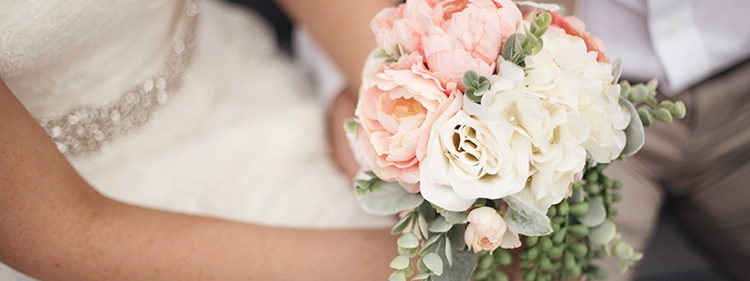
Additional Tips for Repurposing Your Wedding Flowers
Last, but not least, you can take all of the stress and work out of repurposing wedding flowers by donating them. Florapeutic is a Sydney-based enterprise that rescues used event flowers. They refresh and re-arrange the rescued flowers and then deliver them to hospitals and aged care facilities.
But don’t wait until the day of your wedding to contact them. For the best results, Florapeutic encourages couples to include them at the earliest stage of their flower décor design.
Closing thoughts
Planning a wedding is often an expensive and time-consuming task. Most couples focus on the day but forget to plan about what happens after the wedding – apart from the honeymoon, of course.
Make the most of the time, effort, love, and finances that you’ve invested in your big day by taking a moment to think about what you will do with the flowers after the wedding. There are many great options that you can undertake to reuse wedding flowers on your own and hire people to do for you. Not only is it the environmentally responsible thing to do, but it is also a means of preserving the memories of the day.
And if you want to explore a wide variety of exquisite bouquets, centrepieces, and arrangements for your wedding, visit Flowers Across Sydney.


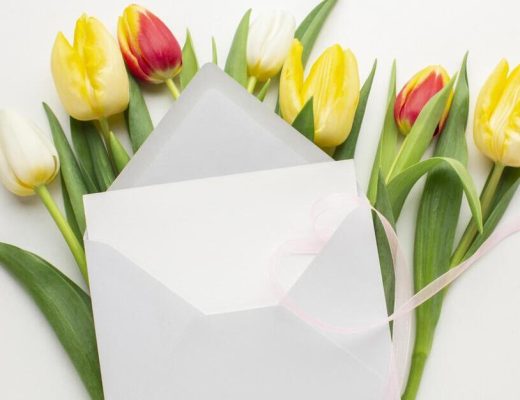

No Comments